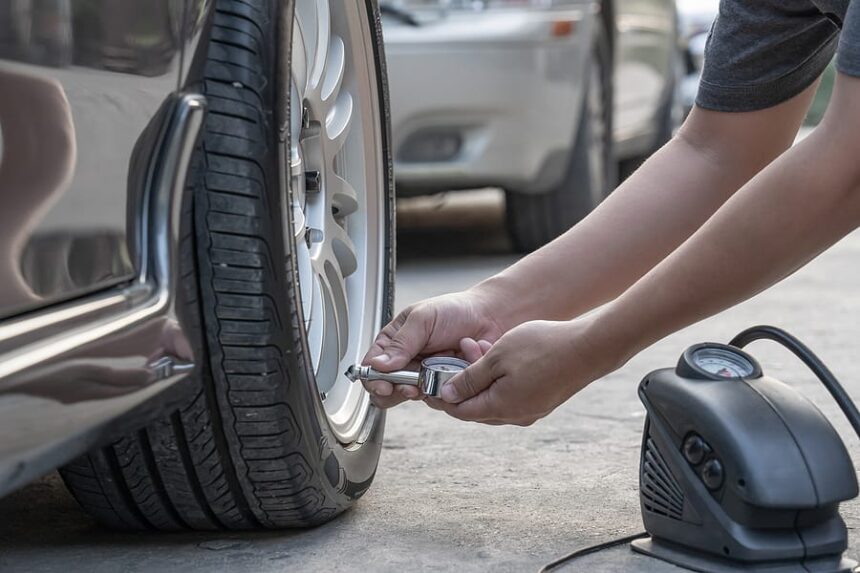Maintaining your vehicle is essential for its longevity, especially when new car prices are on the rise. While manufacturers provide guidelines for maintenance, there are plenty of tasks you can tackle yourself to keep your car running smoothly. Modern vehicles even come equipped with maintenance reminders to help you stay on track. Here are some top tips for DIY car maintenance to help you keep your vehicle on the road for longer.
### 1. Don’t Ignore the Maintenance Required Light
Basic services like oil changes and filter replacements are typically scheduled based on mileage, often around every 5,000 miles. The “maintenance required” light serves as a reminder to keep up with these tasks. It will flash when it’s almost time for service and stay on once you reach the recommended mileage. It’s important to differentiate this alert from the check engine light, which indicates more serious issues.
### 2. Inspect Your Tires
Regularly checking your tire pressure is crucial for safe driving. Properly inflated tires help with handling, stopping distance, and overall performance. Refer to the manufacturer’s recommended tire pressure, which you can find on the driver-side front door jamb sticker. Make sure to check your tires weekly for wear and tear.
### 3. Check Your Oil and Fluids
Monitoring your car’s fluids is important for preventing engine and component damage. Check levels like engine oil, transmission fluid, coolant, brake fluid, power steering fluid, and windshield washer solution regularly. Use the recommended fluids and filters for your specific vehicle.
### 4. Give Your Car Battery a Checkup
Batteries are crucial components that require preventive maintenance. If you notice a battery warning light, inspect the battery for corrosion, damaged cables, or loose connections. You can use a voltmeter to test the battery’s charge and determine if it needs to be replaced.
### 5. Diagnose Like a Pro—Without the Cost
Investing in an OBD2 scanner can help you identify issues with your vehicle’s computer system. By connecting the scanner to your car’s diagnostic port, you can retrieve fault codes and diagnostic information. Use online resources to interpret these codes and troubleshoot potential problems.
By following these DIY car maintenance tips, you can save money on dealership services and potentially avoid costly repairs in the future.






